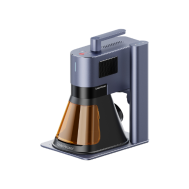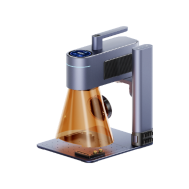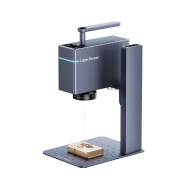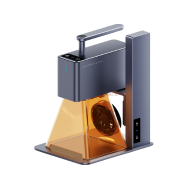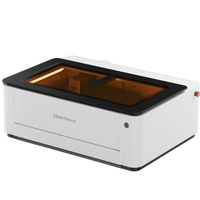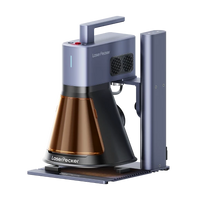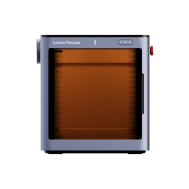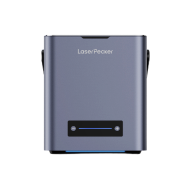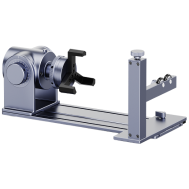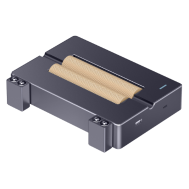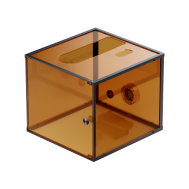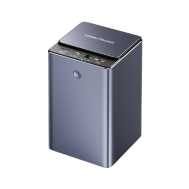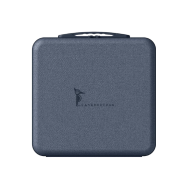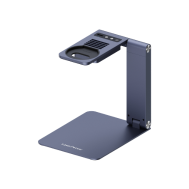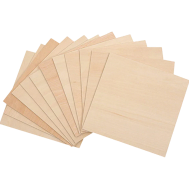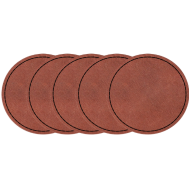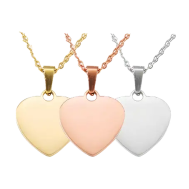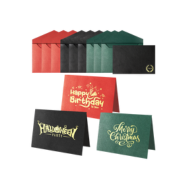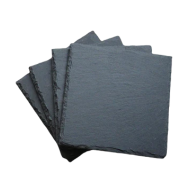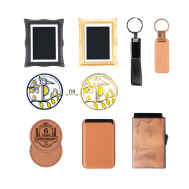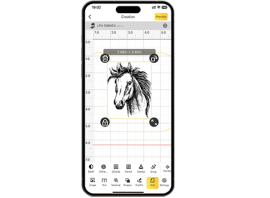Engraving is a centuries-old art form that has been immortalized on historical artifacts, religious objects, and personal mementos. Among the numerous materials suitable for this art form, brass holds a special appeal due to its versatility and durability.
As an alloy of copper and zinc, brass offers an ideal surface for engraving. In this guide, we delve into the fascinating world of brass engraving—a blend of tradition, craftsmanship, and modern technology.

Contents of this article:
Part 1: What is brass?
Brass is a metal alloy consisting primarily of copper and zinc. By adding small amounts of other elements, specific properties such as hardness, corrosion resistance, and machinability can be influenced. Due to its durability, good formability, and its elegant, gold-like luster, brass is valued in many industries.
The typical composition of brass is approximately 60-70% copper and 30-40% zinc, although there are various variations depending on the desired material properties. Some alloys contain traces of other metals such as lead, tin, aluminum, or nickel to optimize certain mechanical or optical properties.
Thanks to its versatility, brass finds applications in numerous fields. Its excellent formability allows for the creation of delicate shapes, which is why it is often used for decorative objects, musical instruments (e.g., trumpets, cymbals), hardware (locks, doorknobs), plumbing fixtures, electrical components, and much more.
Brass also has antibacterial properties, which make it particularly suitable for hygienically sensitive applications – such as door handles, sanitary facilities or medical devices.
Brass also plays an important role in engraving technology: Whether it is brass plate engraving for company signs, a personalized nameplate made of brass or brass laser engraving for precise decorations - this metal offers numerous design options for individual and long-lasting engravings.
Part 2: How does brass laser engraving work?
Brass laser engraving is a precise and efficient method for creating permanent markings on brass. With the right technique, fine details and razor-sharp engravings can be achieved. Here's a step-by-step guide on how to engrave brass:
Materials and tools required:
- Laser engraving machine : A metal laser engraving machine is ideal for engraving brass.
- Brass plate or brass object : The workpiece should be clean and free of any coatings or residues.
- Design software : Software compatible with the laser engraving machine is required to create and import the desired motif or lettering.

💡 LaserPecker 4 (LP4) - The world's first dual laser engraver for multiple materials
Steps for brass laser engraving:
Step 1: Prepare the design
Create or import the desired design using suitable software. Make sure the size and positioning of the motif are precisely aligned with the brass plate or brass plate.
Step 2: Set up the laser engraving machine
Turn on the laser engraving machine and make sure it is correctly calibrated.
Place the brass object securely in the engraving area and adjust the laser focus precisely to the surface of the brass.
Step 3: Configure laser engraving settings
Adjust laser parameters depending on the brass material and desired engraving depth, including power, speed, and frequency.
Carry out a test engraving on a leftover piece beforehand to optimally adjust the settings.
Step 4: Load design and start engraving:
Load the design file into the engraving software and check the alignment and placement of the motif on the brass surface.
Start the laser engraving process and ensure the machine is running smoothly. Monitor the process to ensure a precise result.
Step 5: Post-processing and cleaning
Remove the brass plate or brass plate from the machine after engraving.
Clean the engraved surface with mild detergent or alcohol to remove residue.
Optionally, the engraving can be finished with brass polish to achieve a shiny and high-quality look.
Security measures:
- Wear safety goggles: Wear appropriate safety goggles and follow all safety guidelines for operating the laser engraving machine.
- Ensure good ventilation: Laser engraving of brass generates fumes and particles. Ensure adequate ventilation or use an extraction system.
Part 3: What other methods are there for engraving brass?
Yes, besides brass laser engraving, there are several traditional and modern techniques for engraving brass:
- Hand engraving: This classic method uses special engraving tools such as burins or chisels to engrave patterns, text, or images directly into the brass surface. Experienced craftsmen can create artistic engravings through precise handwork.
- Rotary engraving: This technique uses a milling machine with rotating engraving tools. Controlled either manually or by computer, this technique enables high-precision brass engraving, which is particularly suitable for signs or plaques.
- Pantograph engraving: A pantograph is used to transfer templates onto brass plates or plates. The operator moves a stylus over the template while the machine engraves the design true to scale into the brass surface.
- Chemical etching: This method involves applying an acidic solution to the brass, which has previously been stenciled or coated with a protective layer. The acid eats into the exposed areas, creating fine engravings. This technique is suitable for detailed designs but requires caution when handling chemicals.
- Electrochemical etching: Similar to chemical etching, but using an electric current and an electrolyte solution. A mask protects the areas not to be etched while the electrical process transfers the desired design to the brass.
- Embossing or stamping: This method involves embossing or embossing the design into the brass surface using stamps or dies under high pressure. It is particularly suitable for serial engravings such as brass nameplates or decorative elements.
Part 4: Frequently asked questions about brass plate engraving
- What is brass engraving?
Brass engraving refers to the carving, cutting, or etching of patterns, text, or designs onto brass surfaces. This can be done using hand tools, machines, or chemical processes.
- What tools are used for engraving brass?
These include gravers, burins, laser engraving machines, milling machines, pantographs, chemical etching agents and special stamps or embossing dies.
- Can any brass surface be engraved?
Yes, most brass surfaces are suitable for brass engraving. However, the quality of the engraving depends on the alloy, the surface, and the hardness of the material. A test on a sample piece is recommended before final engraving.
- Where is engraved brass used?
Engraved brass is used in many areas including jewelry making, decorative elements, brass plate engraving, trophies, plaques, musical instruments, industrial components and personalized gifts.
- How durable are engravings on brass?
Durability depends on the engraving depth and the craftsmanship. Deep engravings are particularly durable. A protective coating or varnish can provide additional protection against wear.
- Are detailed engravings possible on brass?
Yes, techniques such as laser engraving or hand engraving in particular enable very fine and precise patterns on brass.
- How do you care for engraved brass pieces?
Regular cleaning with mild detergents or brass care products will maintain the shine. Abrasive cleaners should be avoided to avoid damaging the brass plate engraving. A protective varnish can further preserve the brass.
- Can you engrave brass at home?
Yes, with the right tools, you can have brass engraved or do it yourself. Hand engraving requires practice, while compact laser engraving machines are available for home use. However, for larger or complex projects, a professional engraving service is recommended.
Conclusion
Brass engraving combines traditional craftsmanship with modern technologies and offers numerous design possibilities. Whether using hand tools or laser engraving, each technique produces unique results.
From brass nameplates to engraved brass plates to elaborate designs, the versatility of this technique makes it exciting for both beginners and experienced craftspeople. Let your creativity run wild and discover the possibilities of brass laser engraving!
















